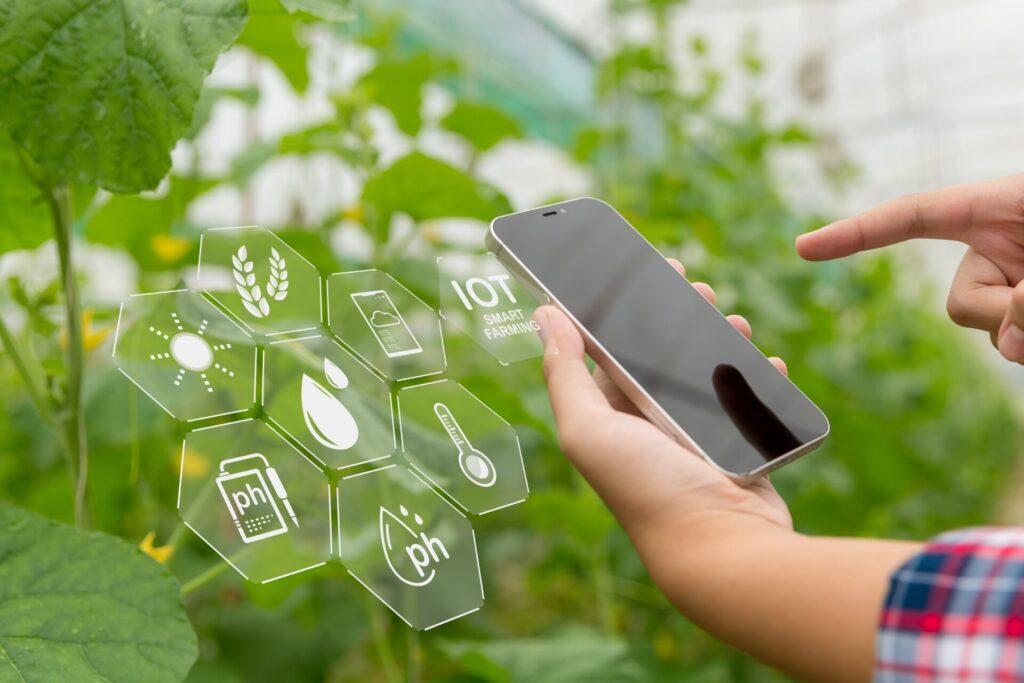Objectives of the Project – Apparel Waste Renovate Prediction System Using Image Processing techniques
The aim of the project is to monitor and usage of excess materials effectively to reduce the
wastage in apparel industry. Therefor the organization can manage the resources and labor
productively to satisfy the customer as well as to make profits.
Objectives
- Monitor Material wastage. Monitoring material quantities, sizes throughout the
process. - Usage of excess materials productively. Determine the best option to the excess
materials in order to make a new product. - Stock details of the materials and products. Access to the stock details and product
details. - Creating a software related to the device. Device should be able to measure and
select the end product for the excess materials.
Use case diagram for the proposed system
+--------------------------+
| Product Prediction App |
+--------------------------+
|
+-------+--------+
| |
+-----v-----+ +----v----+
| User | | Flask |
| (Actor) | | Backend |
+-----+-----+ +----+-----+
| |
Upload Image |
| |
+-----v-----+ +----v-----+
| Image |<----| Image |
| Processing| | Preprocessing|
+-----+-----+ +----+-----+
| |
Display Results |
| |
+-----v-----+ |
| Results | |
| to User | |
+-----------+ |
|
+---------v---------+
| Machine Learning |
| Model (TensorFlow) |
+---------+---------+
|
Make Prediction
|
+-------v-------+
| Results |
+---------------+Development Flow of the Proposed System: Product Prediction Application
- User Input Stage:
- The user uploads an image (e.g., a cloth piece or product photo) through the application interface.
- Flask Backend:
- The uploaded image is sent to the backend for processing.
- Flask manages communication between the user interface, image processing, and machine learning components.
- Image Processing:
- Initial steps, such as resizing or adjusting the image format, are performed to make the image suitable for machine learning processing.
- Image Preprocessing:
- Advanced preprocessing techniques are applied:
- Normalization: Ensures consistent input values.
- Data augmentation: Enhances data diversity (e.g., flipping or rotating images).
- Preprocessed data is prepared for the prediction model.
- Advanced preprocessing techniques are applied:
- Machine Learning Model (TensorFlow):
- The preprocessed image is fed into a trained TensorFlow model.
- The model analyzes the image to predict relevant product categories or innovative suggestions.
- Prediction Results:
- The model generates predictions (e.g., possible products that can be made from the cloth piece).
- Results include confidence scores and visual suggestions.
- Display Results to User:
- Predictions are formatted and displayed in the application for the user.
- Users can view the outcomes and decide on their next actions.
Detailed Flow Representation
Frontend:
User uploads an image via a web/mobile app interface.
Backend (Flask):
Handles the image and sends it to the processing pipeline.
Orchestrates data flow between the model, processing, and user interface.
Preprocessing Pipeline:
Optimizes the input for the TensorFlow model.
Machine Learning Model:
Makes predictions based on the preprocessed image.
Result Presentation:
Displays actionable insights to the user.
User Stories
CEO –
- As the CEO I want to automate the current manual system so that I can monitor the system accurately from anywhere
- As the CEO I want to innovate new products from waste materials so that I can make our company environmental friendly and more profitable.
Managers –
- As the manager I want to do the production on time so that I can predict sales and manage sales properly
Supervisors –
- As the supervisor I want to manage labor and stocks so that I can inform stock details correctly
Employee –
- As an employee I want to all the required materials So that I can finish the product on time.
Customers –
- As the customer I want to buy quality products So that I can trust on the brand.
Material Suppliers –
- As the supplier I want to deliver materials at once rather than many times So that I can reduce the time and material wastage.
Distributors –
- As the distributor I want to deliver shipments on time so that I can reduce other expenses.
Investors –
- As an investor I want to make more profits by minimizing the wastage so that I can invest more.
Data Analysis
Through the data analysis performed in section above, the hypotheses of chapter three are considered in this chapter. The first consideration was to find out the consumer approach to the products made by the excess raw materials. According to the responses received for the data analysis the customers idea of buying a product made up from waste material was declined by 60%. After identifying the environment pollution that occurs due to the material waste they even voted for different products and approved the innovative ideas of making products. Further more they suggested some new products to innovate.
The next assumption made was to get a proper idea of making the material waste productive. For that they revealed how they manage waste currently, 42% of them suggested that the waste is sold to third party without taking any usage 14.3% suggested that the waste are disposed to the environment which is a critical factor. Then they accepted the fact that this waste can be used to innovate new products which can make and profit with a majority of 71.4 %.
The next hypothesis was how to manage the collected waste amount. The analysis showed 1kg-3kg waste material are collected per an hour. And they revealed that their current stock management is done manually. At present they don’t have a proper knowledge on how much of waste they are generating and the profit they could obtain from the proper management.By automating the stock management they can get a proper idea about the profit they could obtain through waste matter and the eco friendly approaches that will uplift their brand name.
However, there are many obstacles in implementing these solutions. Lack of technological improvements, knowledge and equipment are some challenging factors. At present there are only few facilities that recycles textiles on a large scale and many of them are located in Europe. In Sri lanka we can only see the approaches taken by the companies like MAS Holdings, Brandix. The shortage of infrastructure and monitoring in the country makes it difficult to manage apparel wastage. The employees are practiced working with their manual system so it will be another barrier to get practice to the automated system which will help them to make their work friendly and effortless. Another obstacle is the lack of consumer awareness and education. Their main goal is about the final product. They have practiced neglecting the waste without considering their usage. Many people lack commitment to act to reduce waste because they are unaware of how their clothing choices affect the environment.
Software and hardware development
For the proposed solution a cloud based system is needed to manage stock details and a function to predict products by scanning a waste material piece. The idea of using a cloud based system is to monitor and access stock details and waste material information from anywhere anytime. The system needs a camera to scan the material pieces .Then through image processing techniques and using an algorithm we can predict the product by calculating the area and conditioning area with a given data set.


